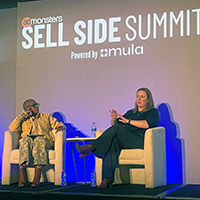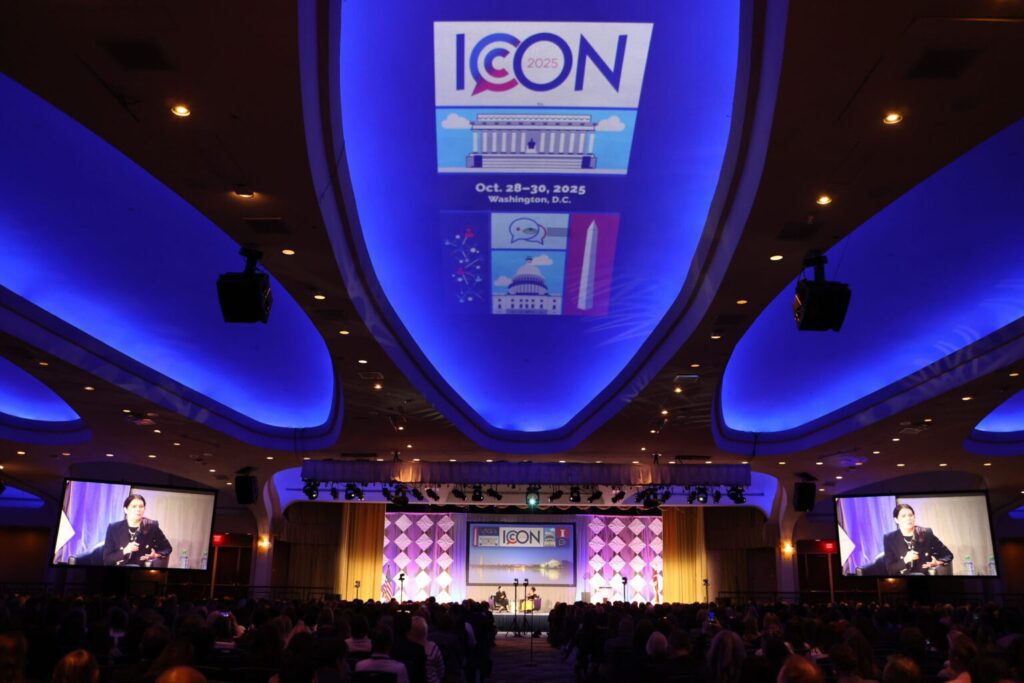In these days of metric-mania, it is popular practice for many marketing messiahs, brand builders and retail gurus to approach a return on investment analysis of their event marketing as a scientific pursuit on par with an Indiana Jones caper to find the Holy Grail. “It’s a quantum-physics formula…it’s numbers hidden beneath binary code…it’s — Sales × Brand Equity × Cost × Blind Faith × Crazy 8-Ball reading = ROI….!”
Everyone wants to pin the ROI down, almost to a fault. I have yet to meet a fresh-faced MBA-spawned marketing phenom who doesn’t start every meeting with, “Nice to meet you — let’s review the ROI before we waste any precious time discussing the brand objectives, retail sales plan, or the promotional concept.”
What is often overlooked by those looking to rush to judgment through number crunching is the simple marketing truth that the dynamic between many brands and most consumers is a “relationship” — not a math problem in search of Pentium 4 processing power. Relationships are built upon human emotions that often times defy logic and common sense. How else to explain the failure of tasty “New Coke” and the success of Parent-of-the-Year (and tasteless) Ozzy Osbourne?
As in life its ownself, the purest goal of a brand/consumer relationship is lifelong love, not lustful infatuation. It’s Paul Newman and Joanne Woodward — not Jennifer Lopez and Ojani Noa and P. Diddy and Chris Judd and Ben Affleck and tomorrow’s most valuable playa.
Reaching higher
Back to ROI and brand building. Yes, it’s relatively easy to design and implement an event marketing program for a quick spike in popularity (short-term ROI), in the same way J.Lo can draw attention to herself by attaching a mere 23-inches of neon thread to her naked marketing tool (i.e., her body). But, would you, should you respect her ROI (Response-on-Impulse) in the morning?
Since modern-day technology allows almost instantaneous sales analysis from virtually every angle and altitude, let’s assume for a moment that “knowing the numbers” is a critical element of ROI. Let’s also assume that sales analysis is the lowest-hanging fruit on the ROI tree. The real challenge is reaching the higher branches where various consumer behaviors live (not the least of which are future purchase intent, brand loyalty issues and family values).
Clearly it is good practice to implement and review event marketing programs with a clear and quantifiable ROI model in place — customized to the parameters and objectives of each program. (And I’m speaking here of ther consumer aspect of ROI analysis. Obviously, there are many other dimensions to event marketing ROI, including retail relationships, product displays and distribution.)
In my mind, such a model should incorporate a reasonable balance of “sales numbers” and “relationship analysis” to accurately reflect the contact value between a brand and the intended consumer. Knowing that 45,000 “widgets” were sold today as a result of an event marketing program is important — and necessary. Contemplating the future sale of four million widgets next month, next year, and next decade derived from the same program — is critical.
Going for larger truths
In 1949 Pillsbury launched their first “Bake-Off” contest. In 52 years, this simple consumer promotion has evolved from a simple contest into a national institution, an event extravaganza (national Finals celebration!) and a network television special last year on CBS. What was the ROI in 1949? How were “incremental sales” measured in 1952 when Beatrice Harlib of Lincolnwood, IL, won $25,000 for her “Snappy Turtle” cookie recipe?
My fear is that too much emphasis is given to short-term “numbers” and too little to the development of emotional connections between brands and consumers, and the value of influencing long-term consumer behavior. Our challenge in the event marketing industry is to balance these two important criteria so that the next Oreo cookie stacking contest, Pillsbury Bake-Off contest or Pepsi Challenge event is not lost to simple numbers and smaller truths.
Five New Laws of Event ROI
(from a relationship perspective)
- CREATE A BRAND/CONSUMER EMOTIONAL PLATFORM
The event marketing message must be meaningful and relevant to the consumer. The consumer should make an emotional investment, and must like the brand interaction as a basis for a brand “relationship.” All field personnel must convey the brand attributes as if their name was on the package/product.
- ENGAGE THE CONSUMER WITH AT LEAST TWO MINUTES OF ENTERTAINMENT, ENLIGHTENMENT AND RELEVANT BRAND INFORMATION
Friendships require “time” to establish — same with brand relationships. Do a simple time-value analysis: a 10-second event interaction provides little basis for an emotional connection.
- RESPECT AND REWARD THE CONSUMER’S INVESTMENT
Does it come down to your ROI vs. my ROI? Whose investment counts more? Too often the term, “Return on Investment” is used by marketers as a one-sided and self-serving measurement tool. It is just as important to respect the “Investment” of each consumer, in terms of time, trial, purchase, etc.
With that respect in place, provide a clear and compelling “Return,” in the form of enhanced purchase value, a free premium, new information, fun or laughter.
- CUSTOMIZE YOUR STICK AND STICK WITH PROGRAMS THAT MEASURE UP TO YOUR CRITERIA
Too often, our assessments are framed (and restrained) by the measuring sticks we use to judge program returns. Choosing the incorrect measure (was that a meter or a yard?) can sway one’s largely subjective response (however “objective” the intent). How does one choose the right stick? Look within the brand in question. Execute test events, and establish new standards unique to the brand or product.
- EVERY EVENT PROGRAM SHOULD EXPORT BRAND MESSAGING AND IMPORT CONSUMER INSIGHTS VIA FORMAL REPORTING STANDARDS
An opportunity to interact with thousands of consumers in a retail environment should go well beyond sending messages. It should also lead to knowledge and understanding beyond the original scope of the program. In fact, build those learning goals into the plan. Ask what do consumers think about the featured brand? What do brand novices like? What do brand loyalists look like, act like and how do they feel about the product?
Stephen M. Woods is president of Pierce Promotions & Event Marketing, Inc. in Portland, ME. He can be reached at steve.woods@pierceevents.com.



